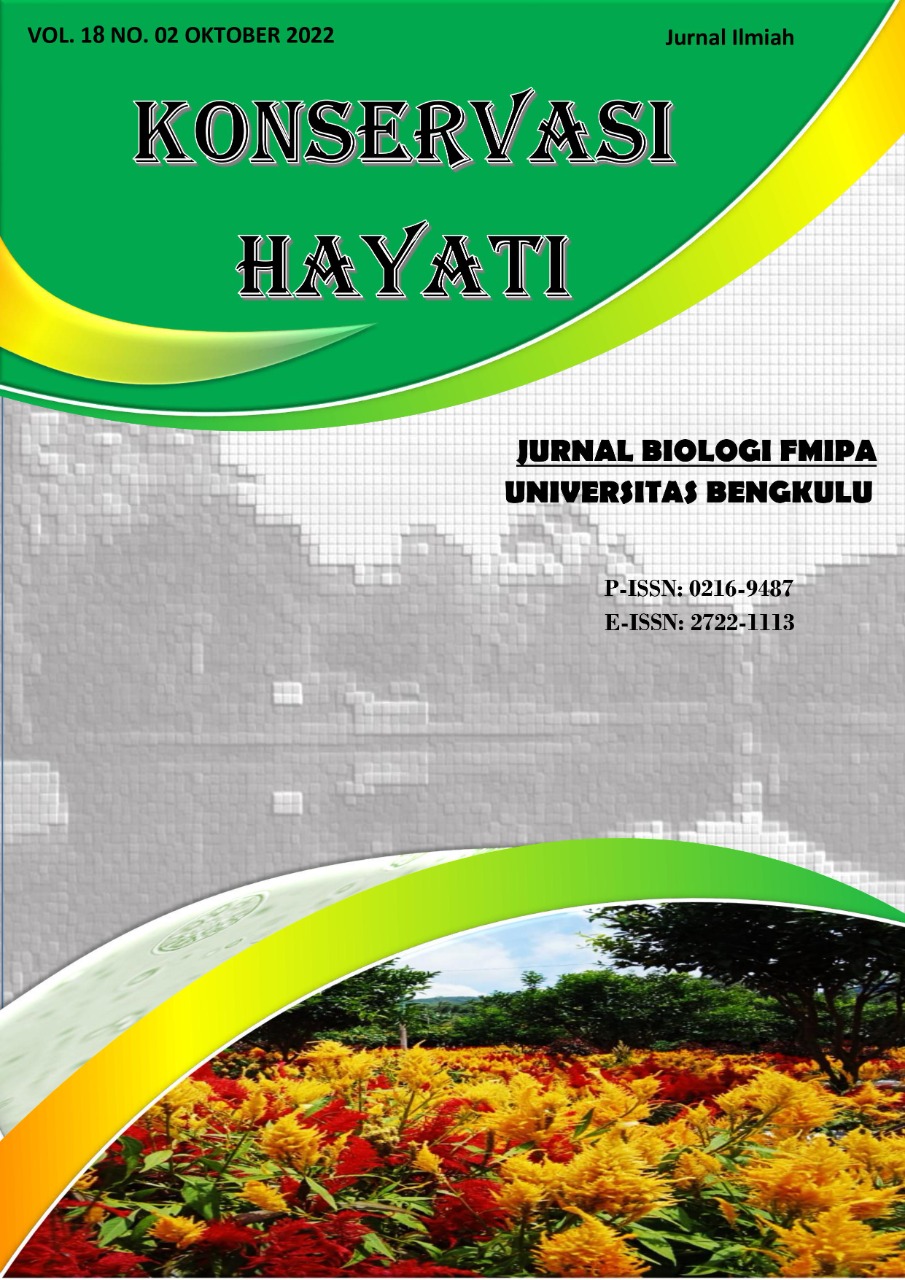Main Article Content
Abstract
Tempeh is a typical Indonesian food product made from soybeans and fermented using Rhizopus sp. The manufacture of tempeh is carried out from generation to generation traditionally so that it is possible for the emergence of different microorganisms. This study aims to isolate and identify R. oligosporus and R. stolonifer in three tempeh in Jatimakmur, Bekasi. The samples used were from three types of tempeh from different locations. The method used is direct plating. Observations were carried out macroscopically by observing the color of conidia and mycelium. Microscopically it was carried out using slide culture by observing the shape of spores, columellae, sporangiospore and hyphae. Data are presented in the form of figures and tables. The analyzed descriptively qualitatively. The results showed that from three tempeh samples coming from different locations, two tempeh samples were similar R. oligosporus and the others were similar R. stolonifer.
Article Details
Copyright (c) 2022 Qurrota Aýun Saunin, Lulu Ul Janah

This work is licensed under a Creative Commons Attribution-ShareAlike 4.0 International License.
Authors who publish in this journal agree with the following terms:
- Authors retain copyright and grant the journal right of first publication with the work simultaneously licensed under a Creative Commons Attribution-ShareAlike 4.0 International License that allows others to share the work with an acknowledgement of the work's authorship and initial publication in this journal.
- Authors are able to enter into separate, additional contractual arrangements for the non-exclusive distribution of the journal's published version of the work (e.g., post it to an institutional repository or publish it in a book), with an acknowledgement of its initial publication in this journal.
- Authors are permitted and encouraged to post their work online (e.g., in institutional repositories or on their website) prior to and during the submission process, as it can lead to productive exchanges, as well as earlier and greater citation of published work (See The Effect of Open Access).
- This work is licensed under a Creative Commons Attribution-ShareAlike 4.0 International License.
